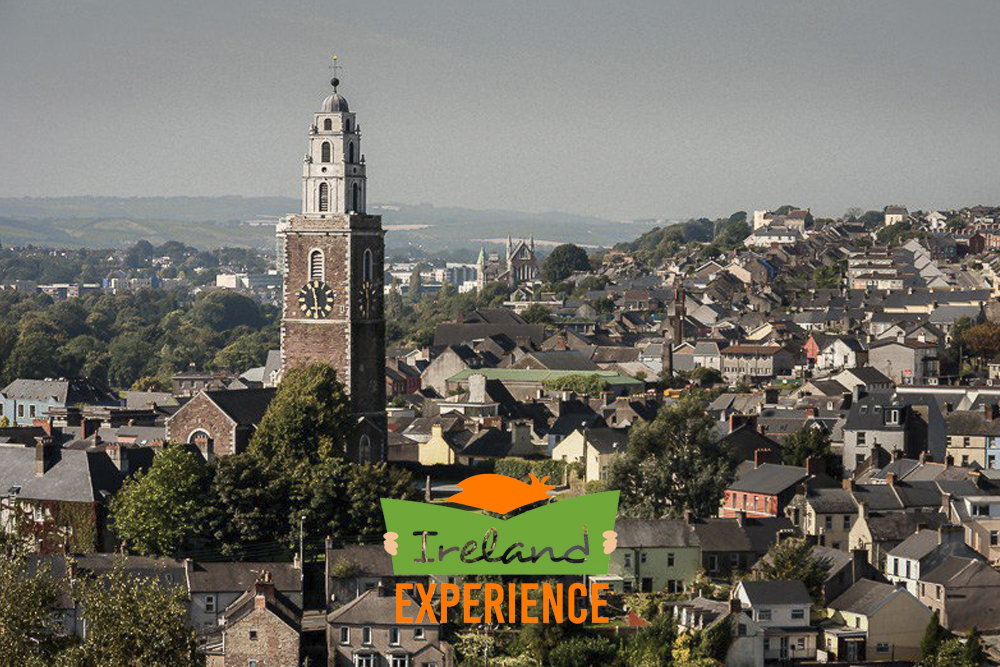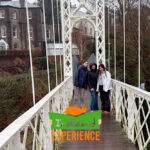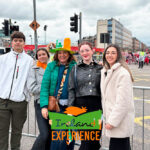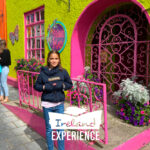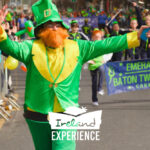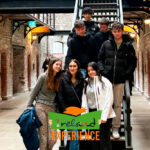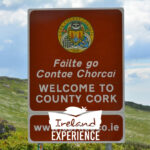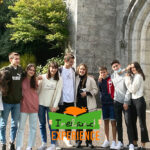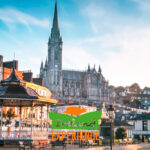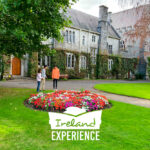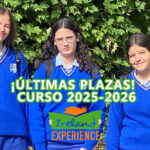Cork (Corcaigh in Irish, meaning ‘marsh’) is the second largest city in the Republic of Ireland after Dublin. It lies on Ireland’s south coast and is connected to the sea by Cork Harbour and a channel called Passage West. Cork and its coastline have a strong seafaring and trading tradition, some of which is reflected in the cities tourist attractions. Its population is over 222,000.
During the 7th century, St. Finbarr (Fin Barre) established a monastery on a small marshy tract, where the cathedral of the same name now stands. Over the coming centuries, the town survived and flourished, despite Viking raids and later occupation by English forces. Today, many of Cork’s tourist attractions recall its long history, and you’ll find it a vibrant, lively city with plenty of things to do.
Cork features architecturally notable buildings originating from the Medieval to Modern periods. The only notable remnant of the Medieval era is the Red Abbey. There are two cathedrals in the city; St. Mary’s Cathedral and Saint Fin Barre’s Cathedral. St Mary’s Cathedral often referred to as the North Cathedral, is the Catholic cathedral of the city. St Fin Barre’s Cathedral serves the Church of Ireland (Anglican). It is built on the foundations of an earlier cathedral.
Many of the city’s buildings are in the Georgian style, although there are a number of examples of modern landmark structures, such as County Hall tower, which was, at one time the tallest building in Ireland. But Cork’s most famous building is the church Tower of Shandon, which dominates the Northside of the city. It is widely regarded as the symbol of the city.
In Ireland Experience, we are proud to be part of this wonderful community and be able to work together with Corkonian families. We try to ensure that our students enjoy Irish culture and traditions. Contact us.

